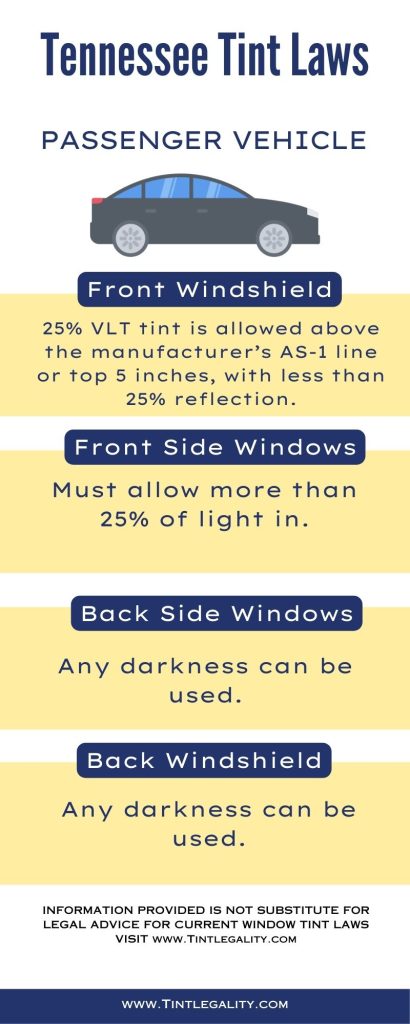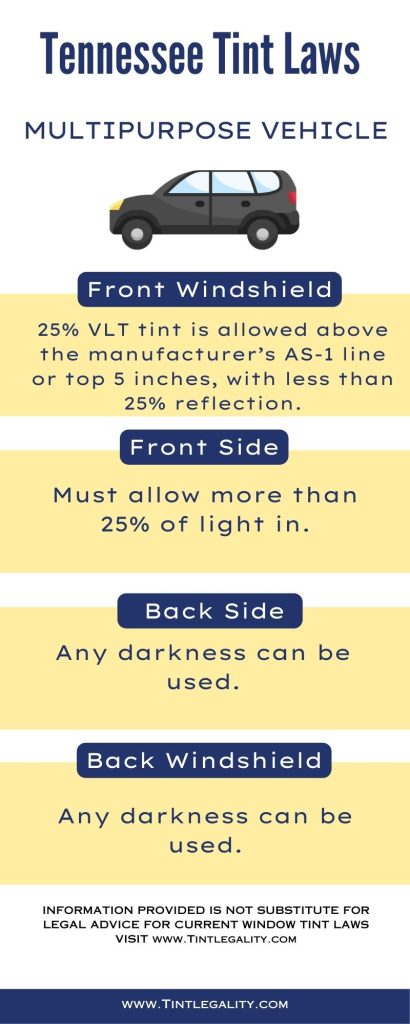Texas tint laws were enacted in 2009 to ensure the safety of both drivers and pedestrians, establishing clear boundaries for how dark vehicle window tints can legally be.
We’re about to journey through the labyrinth of Texas Tint Laws, so buckle up!
These laws are intricate and detailed, designed with precision to balance ensuring road safety and giving vehicle owners enough freedom to customize their cars.
Texas Window Tint Law
Texas Window Tint Law, part of the Texas Transportation Code, Section 547.613, sets the guidelines for window tinting in the state.
It’s the cornerstone of the legalities related to window tinting, setting the standards for the rest of the Texas tint laws.
Regulations Regarding Window Tint in Texas
The Texas Department of Public Safety has outlined strict regulations for window tints, focusing on four main areas:
Windshield, Front Side Windows, Back Side Windows, and the Rear Window.
| Window | Light Allowance | Additional Information |
|---|---|---|
| Windshield | Over 25% | Tint present must be above the AS-1 line |
| Front Side Windows | Over 25% | No additional restrictions |
| Back Side Windows (Sedans) | Over 25% | No additional restrictions |
| Back Side Windows (SUVs/Vans) | Any tint darkness | No additional restrictions |
| Rear Window (Sedans) | Over 25% | Dual side mirrors required if tinted |
| Rear Window (SUVs/Vans) | Any tint darkness | Dual side mirrors required if tinted |
Windshield
According to Texas tint laws, the windshield must allow over 25% light inside your vehicle. Any tint present must be above the manufacturer’s AS-1 line.
Front Side Windows
For the front side windows, the law demands that the tint permits more than 25% light inside the car.
Back Side Windows
The back side windows can have any tint darkness for vehicles such as SUVs and vans. But for sedans, it must permit more than 25% light in.
Rear Window
Similar to backside windows, any tint darkness is acceptable for SUVs and vans, but sedans must allow over 25% of light in.


Additional Regulations
Reflection
When it comes to the reflective properties of the tint, Texas law states that front and back side windows may not be more reflective than a standard window.
Medical Exemptions
For individuals with specific medical conditions that require additional protection from the sun, Texas law does provide medical exemptions.
Documentation from a licensed physician is necessary to apply for this exemption.
Color Restrictions
In Texas, the law bans red, amber, and blue window tints. These colors are reserved for law enforcement vehicles.
Side Mirrors
If the rear window is tinted, the vehicle must have dual side mirrors in good working order.
Exceptions to Legal Limits
There are certain exceptions to these limits, particularly for commercial and law enforcement vehicles.
Penalties for Breaking the Law
Fines
Ignoring the Texas Tint Laws can lead to financial penalties. The fines increase significantly with each conviction:
- First Conviction: A fine of up to $20.
- Second Conviction: A fine ranging between $25 and $100.
- Third Conviction: The fine can go as high as $200.
Other Penalties
Apart from fines, non-compliance can lead to a misdemeanor charge. In some cases, the Department of Public Safety may even impound the vehicle until the illegal tint is removed.
The Texas Tint Laws, despite appearing convoluted at first, are designed with safety and clarity in mind.
As drivers, it’s our responsibility to adhere to these laws, ensuring our roads remain safe spaces for everyone.
Next time you think about getting that new tint job, remember to keep it within the bounds of Texas law!
References:
https://en.wikipedia.org/wiki/Texas
https://www.dps.texas.gov/section/vehicle-inspection/window-tinting-standards